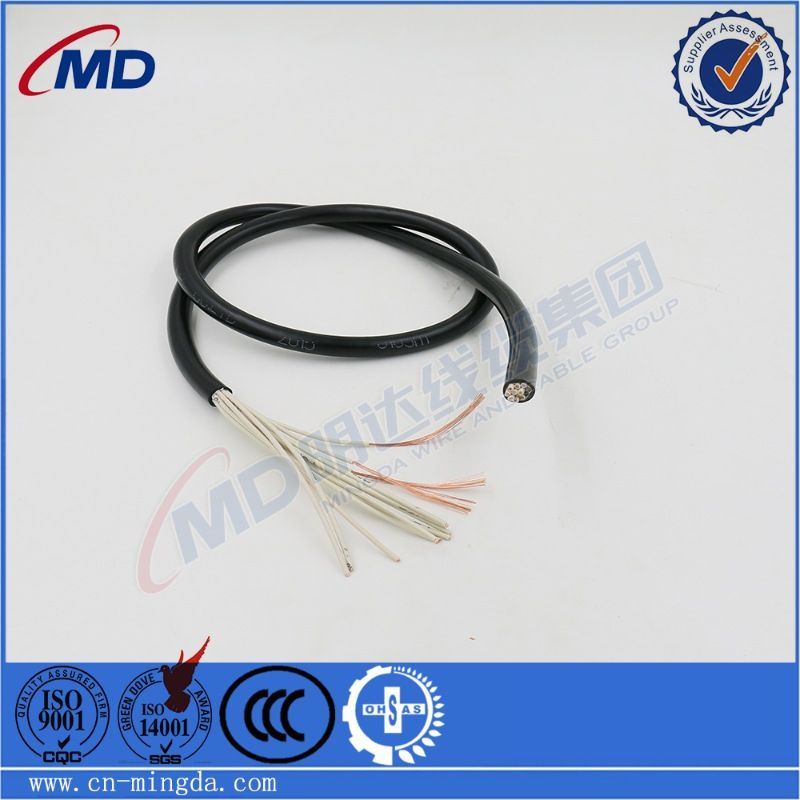pro . 09, 2024 17:49 Back to list
Swing Check Valve Manufacturer for Reliable Fluid Control Solutions
Understanding Swing Check Valve Manufacturing A Comprehensive Insight
In the realm of fluid control systems, swing check valves are vital components that ensure the unidirectional flow of fluids. These valves are particularly crucial in applications where backflow can cause operational issues or system damage. With the increasing demand for efficient and reliable fluid management systems across industries, swing check valve manufacturing has evolved significantly. This article delves into the intricacies of swing check valve production, highlighting the manufacturing process, quality assurance practices, and the industry's future trends.
What is a Swing Check Valve?
A swing check valve is designed to prevent the backflow of fluid in a piping system. It comprises a disk that swings on a hinge or pivot, allowing fluid to flow in one direction while automatically closing when the flow reverses. This operation minimizes the risk of water hammer and other issues that can occur due to backflow, making these valves indispensable in various industrial applications, including water treatment, petroleum, and chemical processes.
The Manufacturing Process
The production of swing check valves involves several key steps, each tailored to ensure product reliability and performance.
1. Material Selection Selecting the right materials is critical to the performance of swing check valves. Manufacturers typically choose durable materials such as stainless steel, bronze, and PVC, which resist corrosion and wear. The choice often depends on the characteristics of the fluid being handled, including temperature, pressure, and chemical composition.
2. Casting and Machining The valve body is usually cast into shape using precision molds. After casting, the valve components undergo machining to achieve the required dimensions and tolerances. This step is crucial as it directly affects the valve's performance and ensures a tight sealing when closed.
3. Assembly Once the individual components are ready, they are meticulously assembled. This includes the body, seat, disc, and hinge. The alignment of these parts is essential for the proper functioning of the valve. Manufacturers often employ automated assembly lines to enhance efficiency and consistency.
4. Testing Quality assurance is a cornerstone of swing check valve manufacturing. After assembly, each valve undergoes rigorous testing to ensure it meets specified standards. This includes hydrostatic testing to check for leaks, as well as functional tests to verify the operation of the swing mechanism.
5. Finishing Touches The final step in the manufacturing process includes surface treatments, coatings, and packaging. These treatments enhance corrosion resistance and improve the valve's overall durability. Proper packaging is also crucial to protect the valves during transportation and storage.
swing check valve factory

Quality Assurance Practices
Quality assurance is paramount in swing check valve manufacturing, as the performance and reliability of these valves are critical in preventing system failures. Manufacturers adhere to stringent quality control measures, including
- Materials Testing Incoming materials are subject to scrutiny to ensure they conform to industry standards and specifications. - In-Process Inspections Throughout the manufacturing process, inspections are conducted to verify that all components meet dimensional and quality criteria. - Final Product Testing Comprehensive testing protocols are established to evaluate each valve's performance under various conditions before they are shipped to customers.
Trends in the Swing Check Valve Industry
As the demand for more efficient and sustainable fluid control solutions continues to rise, the swing check valve manufacturing industry is witnessing several notable trends
1. Automation and Smart Technology The integration of automation in manufacturing processes enhances precision and efficiency. Additionally, the advent of smart valve technology allows for better monitoring and control, improving overall system performance.
2. Sustainability Manufacturers are increasingly focused on sustainable practices, from sourcing eco-friendly materials to minimizing waste during production. Energy-efficient production techniques also play a significant role in reducing the environmental impact.
3. Customized Solutions The need for tailored valve solutions has grown, driven by specific industry requirements. Manufacturers are offering more customizable options to meet unique application demands.
Conclusion
The manufacturing of swing check valves is a complex yet essential process that significantly impacts fluid management systems across various sectors. By adhering to rigorous quality standards and embracing innovative manufacturing trends, companies in this industry can ensure that their products remain reliable, efficient, and capable of withstanding the demands of modern applications. As we progress further into an era of technological advancement and sustainability, the swing check valve manufacturing landscape will undoubtedly continue to evolve, promoting safer and more efficient fluid control solutions worldwide.
Share
-
Reliable Wafer Type Butterfly Valves for Every IndustryNewsJul.25,2025
-
Reliable Flow Control Begins with the Right Ball Check ValveNewsJul.25,2025
-
Precision Flow Control Starts with Quality ValvesNewsJul.25,2025
-
Industrial Flow Control ReliabilityNewsJul.25,2025
-
Engineered for Efficiency Gate Valves That Power Industrial PerformanceNewsJul.25,2025
-
Empowering Infrastructure Through Quality ManufacturingNewsJul.25,2025